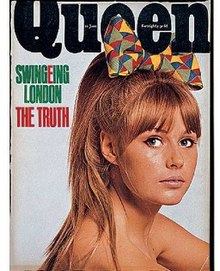
New Musical Express (NME) is a British music, film, gaming, and culture website and brand. Founded as a newspaper in 1952, with the publication being referred to as a 'rock inkie', the NME would become a magazine that ended up as a free publication, before becoming an online brand which includes its website and radio stations.

Harper's Bazaar is an American monthly women's fashion magazine. It was first published in New York City on November 2, 1867, as the weekly Harper's Bazar. Harper's Bazaar is published by Hearst and considers itself to be the style resource for "women who are the first to buy the best, from casual to couture". Since its debut in 1867, as the U.S.'s first fashion magazine, its pages have been home to talent such as the founding editor, author and translator Mary Louise Booth, as well as numerous fashion editors, photographers, illustrators and writers. Harper's Bazaar targets an audience of professional women ranging from their twenties to sixties, who are interested in culture, travel, and luxury experiences.

The Strand Magazine was a monthly British magazine founded by George Newnes, composed of short fiction and general interest articles. It was published in the United Kingdom from January 1891 to March 1950, running to 711 issues, though the first issue was on sale well before Christmas 1890. Its immediate popularity is evidenced by an initial sale of nearly 300,000. Sales increased in the early months, before settling down to a circulation of almost 500,000 copies a month, which lasted well into the 1930s.

Lucire is a fashion magazine that originally began on the web in 1997, before adding a monthly print edition in its home country of New Zealand in 2004, and is now published seasonally, with a monthly for licensees. It is the first fashion partner with the UNEP, an arrangement that began in 2003. In 1999, Harper's Bazaar Australia listed Lucire in its "A-list of Style" supplement. In 2018, Lucire was listed by StyleCaster as one of the "21 International Fashion Magazines That Should Be on Your Radar." In 2022, LUXlife named Lucire its "Most Pioneering Online Fashion Magazine."

Radio London, also known as Big L and Wonderful Radio London, was a top 40 offshore commercial station that operated from 23 December 1964 to 14 August 1967, from a ship anchored in the North Sea, three and a half miles (5.6 km) off Frinton-on-Sea, Essex, England.
Radio Atlanta was an offshore commercial station that operated briefly from 12 May 1964 to 2 July 1964 from a ship anchored in the North Sea, three and a half miles off Frinton-on-Sea, Essex, England. The radio broadcasting vessel was owned, at that time, by Gordon McLendon and Clint Murchison of Dallas, Texas, and leased to a British company for day-to-day operations. It was named after Atlanta, Texas,
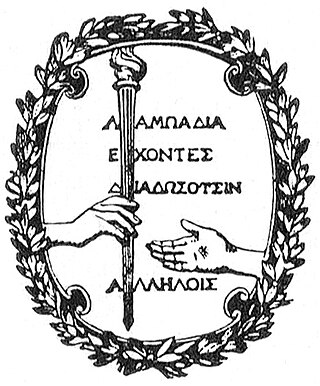
Harper is an American publishing house, the flagship imprint of global publisher HarperCollins based in New York City. Founded in New York in 1817 by James Harper and his brother John, the company operated as J. & J. Harper until 1833, when it changed its name to Harper & Brothers, reflecting the inclusion of Joseph and Fletcher Harper. Harper began publishing Harper's Magazine, Harper's Weekly, and other periodicals beginning in the 1850s. From 1962 to 1990, the company was known as Harper & Row after its merger with Row, Peterson & Company. Harper & Row was purchased in 1987 by News Corporation and combined with William Collins, Sons, its United Kingdom counterpart, in 1990 to form HarperCollins, although the Harper name has been used in its place since 2007.
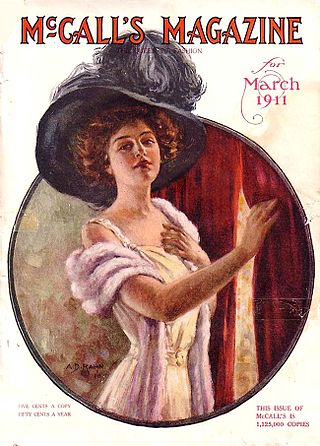
McCall's was a monthly American women's magazine, published by the McCall Corporation, that enjoyed great popularity through much of the 20th century, peaking at a readership of 8.4 million in the early 1960s. The publication was established as a small-format magazine called The Queen in 1873. In 1897 it was renamed McCall's Magazine—The Queen of Fashion and subsequently grew in size to become a large-format glossy. It was one of the "Seven Sisters" group of women's service magazines.
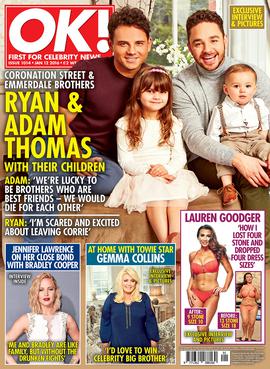
OK! is a British weekly magazine that primarily specialises in royal and celebrity news. Originally launched as a monthly magazine, its first issue was published in April 1993. In September 2004, OK! launched in Australia as a monthly title – the magazine went weekly in October 2006. In 2005, a US version was launched, followed by an Indian edition in May 2006, a Spanish-language version in Mexico in 2006, a Bulgarian-language version in 2007 and a Spanish edition in 2008.
Radio Caroline is a British radio station founded in 1964 by Ronan O'Rahilly and Alan Crawford initially to circumvent the record companies' control of popular music broadcasting in the United Kingdom and the BBC's radio broadcasting monopoly. Unlicensed by any government for most of its early life, it was a pirate radio station that never became illegal as such due to operating outside any national jurisdiction, although after the Marine, &c., Broadcasting (Offences) Act 1967 it became illegal for a British subject to associate with it.
Sir Jocelyn Edward Greville Stevens, was the publisher of Queen magazine and a London newspaper executive.
Lucy Yeomans is creator and founder of DREST, previously editor-in-chief of fashion website Net-a-Porter and editor of the fashion magazine Harper's Bazaar in the UK.
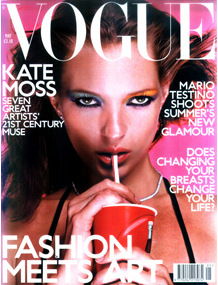
British Vogue is a British fashion magazine based in London and first published in 1916. It is the British edition of the American magazine Vogue and is owned and distributed by Condé Nast. Currently edited by Edward Enninful, British Vogue is said to link fashion to high society and class, teaching its readers how to 'assume a distinctively chic and modern appearance'.
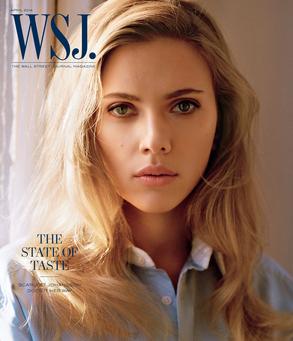
WSJ Magazine is a luxury glossy news and lifestyle monthly magazine published by The Wall Street Journal. It features luxury consumer products advertisements and is distributed to subscribers in large United States markets. Its coverage spans art, fashion, entertainment, design, food, architecture, travel and more. As of October 2012, Kristina O'Neill was Editor in Chief. Launched as a quarterly in 2008, the magazine grew to 12 issues a year for 2014. It was originally intended to be a monthly magazine named Pursuits.
Beatrix Molineux Miller, CBE was a British fashion and cultural magazine editor. She was editor of Queen from 1958 to 1964, and editor of British Vogue from 1964 to 1985.
Lucy Wood is a British fashion journalist specialising in women's consumer publishing.
The World of Interiors is a magazine published by Condé Nast with a total readership of 152,000. The glossy monthly magazine covers interior design.
Anna Harvey became Editorial Director of Condé Nast New Markets in 1997, was former Deputy Editor of British Vogue and former stylist and confidante to Diana, Princess of Wales. Her career at Condé Nast Publications spanned more than 30 years and she was regarded as one of the most significant contributors to the fashion industry.
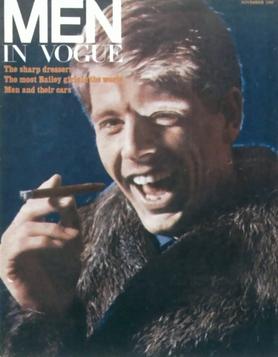
Men in Vogue was a British magazine of male fashion from the same publishers as Vogue. It was first published in 1965, and ceased publication in 1970. The magazine was closely associated with the peacock revolution in English men's fashion in the 1960s for which Christopher Gibbs, an editor of the shopping guide in Men in Vogue, was a style leader with his "louche dandyism". Other editors of the magazine were Robert Harling and Beatrix Miller.
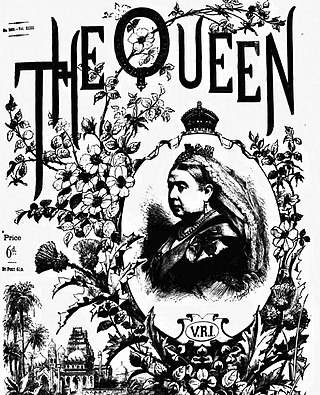
The Queen: The Ladies Newspaper and Court Chronicle or simply The Queen was a magazine created in 1864 in London. The title became "Queen in the 1950s, then "Harpers and Queen" in the UK and then part of the British Harper's Bazaar.
